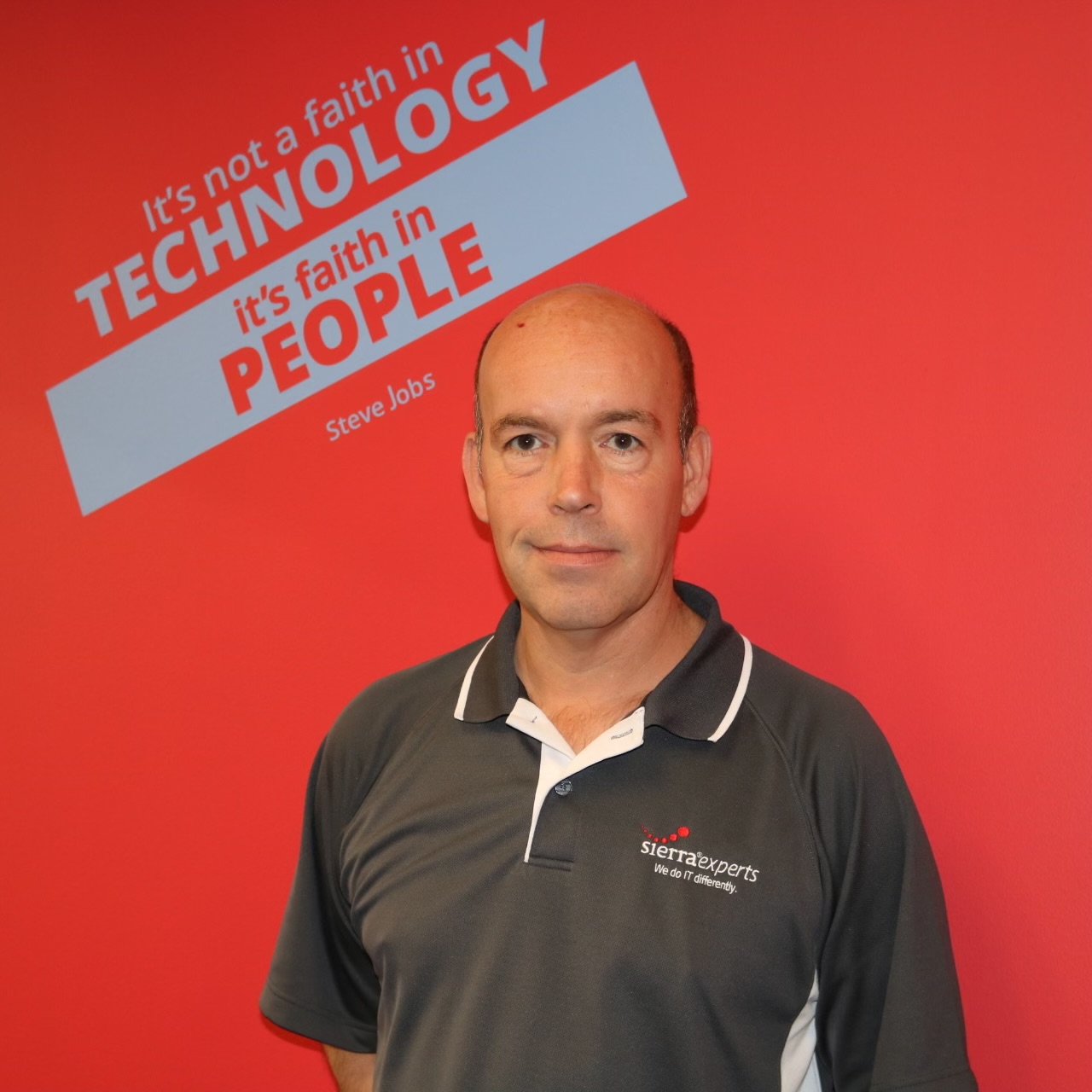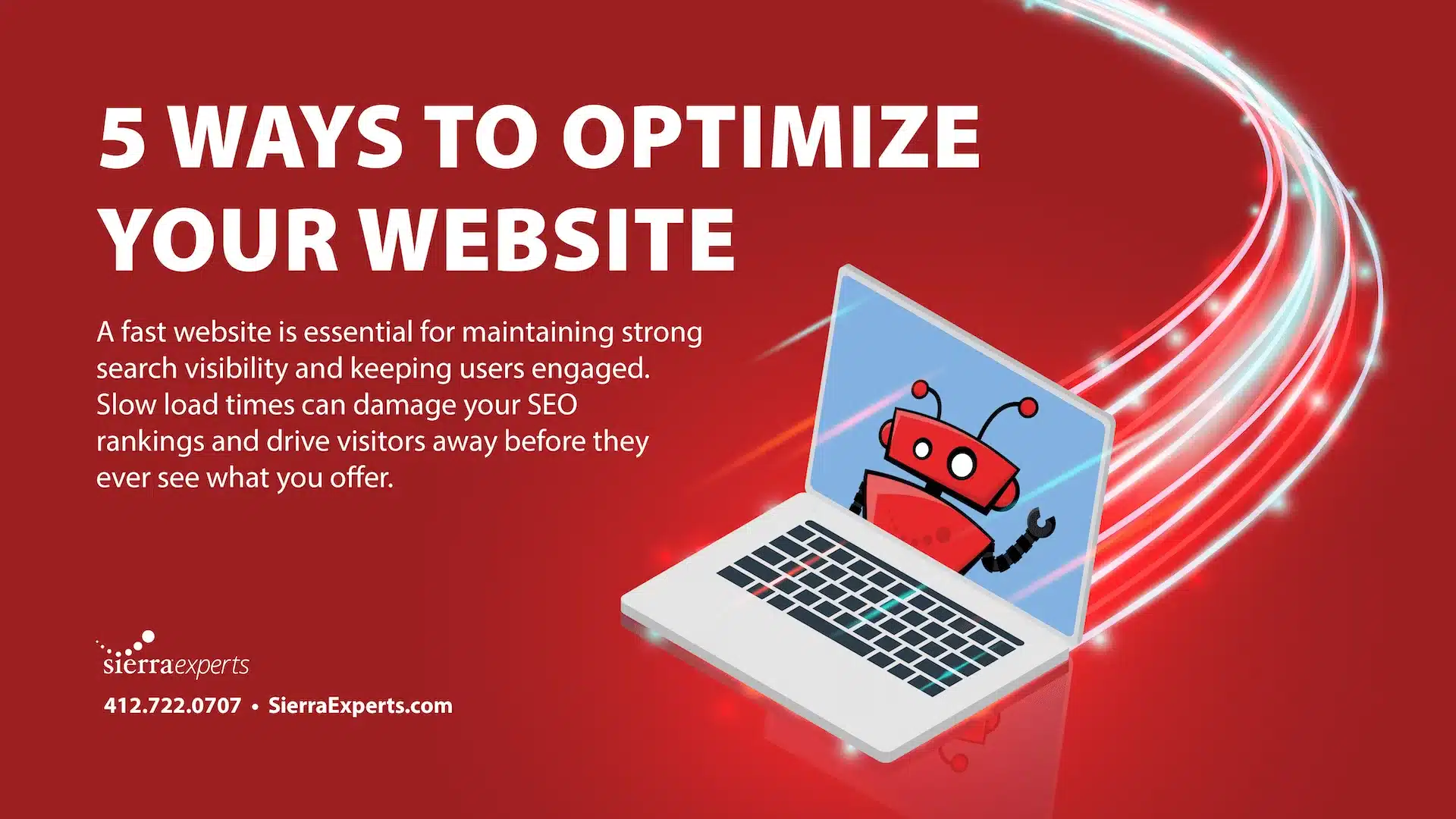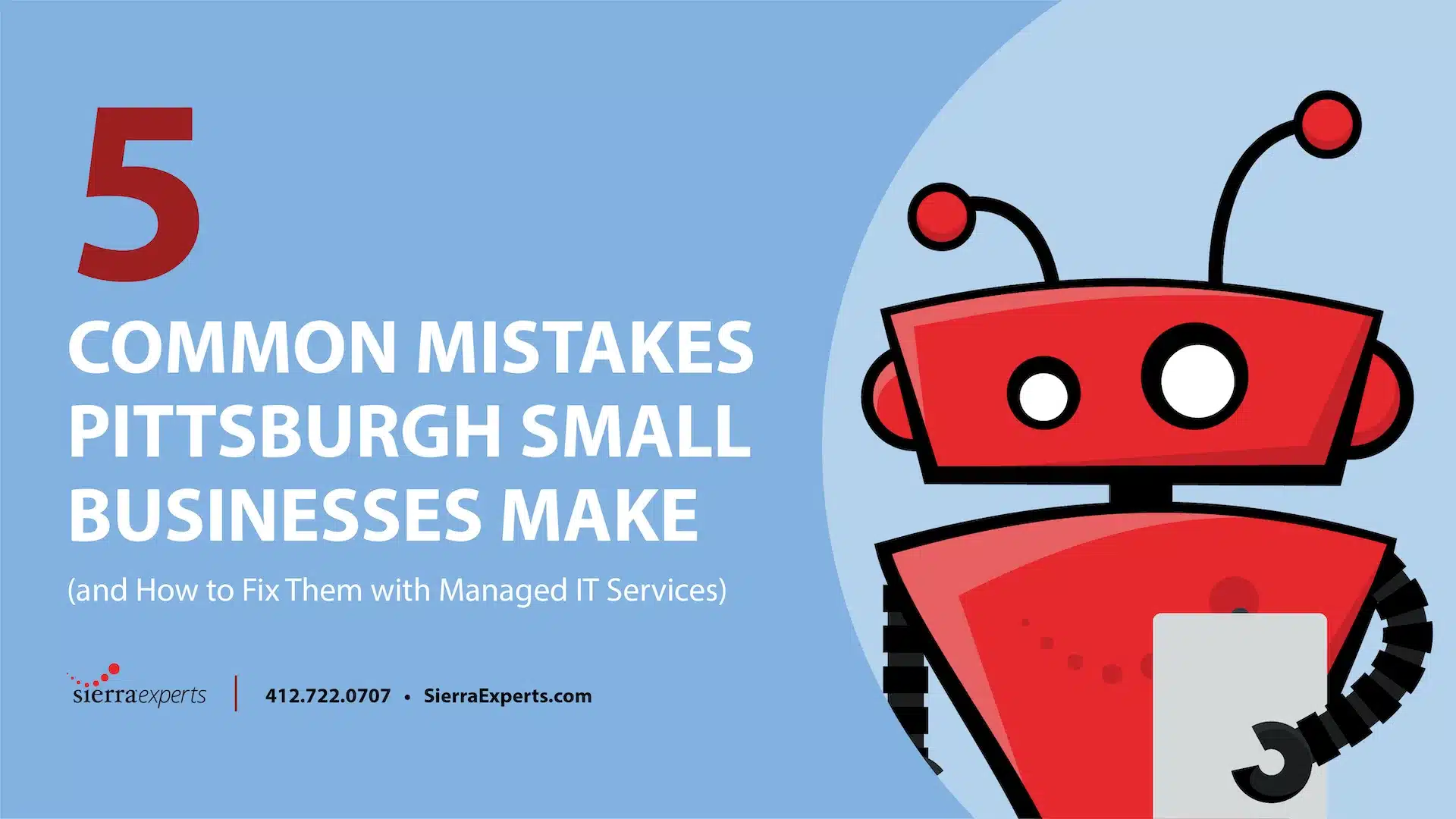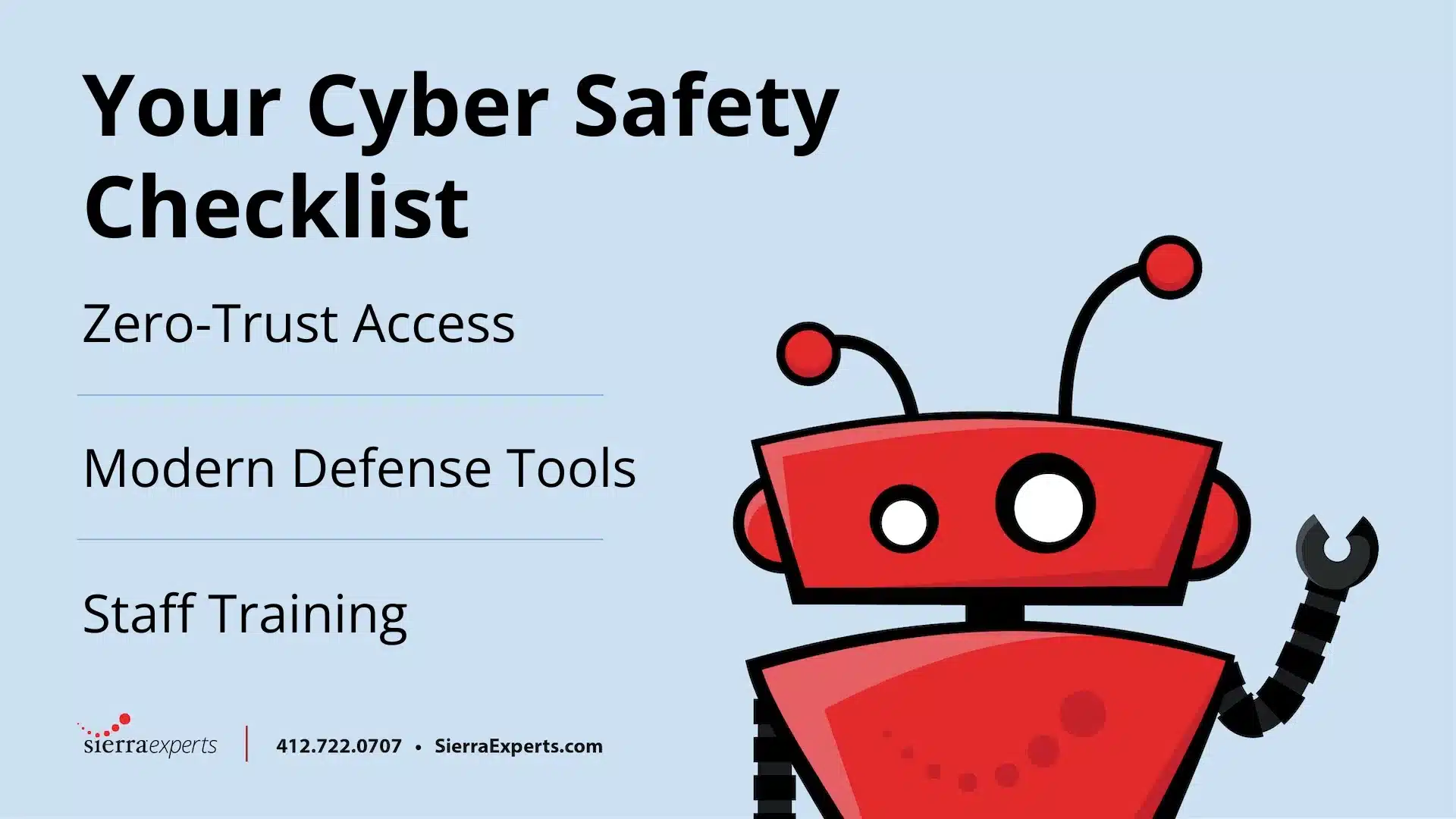In our last blog, we talked about “the cloud” and jobs you can get with its growing popularity, but now we’re focusing on “virtualization.” Okay, so what’s the difference? Many people confuse virtualization with cloud computing. Although these technologies overlap and have some similar benefits, the main difference is that virtualization is software that manipulates hardware whereas cloud computing refers to a service that results from the manipulation.
So, what exactly is virtualization? Regarding IT infrastructure, virtualization is simply separating software from its hardware so that you can create a simulated version of that software in a different environment. You have likely heard of “VMWare” which is one of the pioneers in the virtualization industry. They offer many products and services to assist in the process, many of which, we offer here at Sierra as one of their partners.
Now that you know what virtualization is, you may be wondering why this would benefit your business. Below, we’ve gathered a list of only a few of the many benefits of virtualization.
Increased Uptime
Many virtualization platforms now offer a number of advanced features that you just can’t find in physical ones. Simply put, a virtual environment is easier to manage and maintain than a physical one. For example, live migration is one of the features of a virtual environment. With live migration, technicians can upgrade and work on the system without interrupting or disconnecting the users.
Reduce Hardware/Software Costs
As long as you have the required hardware to run the virtualization itself, you can continue to use your outdated hardware as the hardware is essentially only serving as a “window” to your virtual environment. Also, regarding software, if you have an application that won’t work on a modern operating system, you can install it within a virtual machine that has everything the application needs to run. This will allow you to keep your hardware and software for longer periods of time and in turn you’ll be saving money on not having to upgrade these technologies as frequently.
Easier Disaster Recovery
In a traditional system, disaster recovery can take days to restore all the files and rebuild the server. With virtualization, the system and files exist elsewhere and can easily be brought back so long as the systems have been properly monitored in the time leading up to the disaster. In fact, most virtualization platforms have software that can help automate the failover when a disaster strikes, and it usually provides a way to test a disaster recovery method prior to the disaster happening.
Quicker Cloud Migrations
As mentioned above, cloud computing and virtualization do have similarities and their technologies overlap. With that being said, migrating to the cloud from a virtual environment is much simpler than doing so from a physical one because you’re already beginning to cut out the need for the underlying hardware. If you’re considering moving to the cloud, you could try virtualization first which will give you a head start and in the long run will help speed the process along.
Virtualization is being adopted into businesses everywhere for many other reasons in addition to those mentioned above, and the future of IT monitoring and management will be based on virtual computing. If virtualization sounds like something you and your business are interested in, the Sierra team wants to help you make the transition. You can learn more about our virtualization services here.
Schedule your free consultation today and let us help your business take a positive step toward the future.
—
Sierra Experts is an IT Managed Service and Support provider, specializing in IT Monitoring and Management, Cloud/Virtual Systems, Hosting, VoIP/SIP PBX Trunks and Solutions, Physical Server Hosting, Website Design and Development, Software Development, and Hardware and Software reselling.





